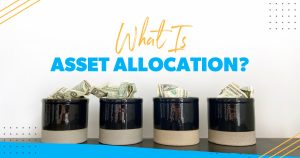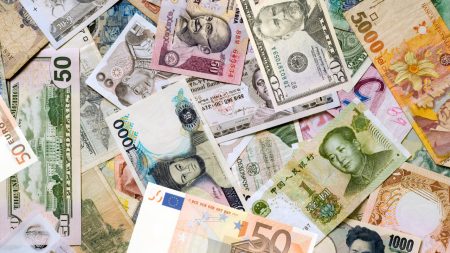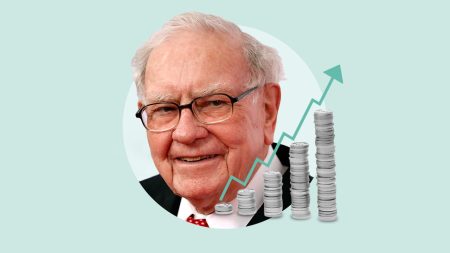Bonds, often referred to as fixed-income investments, are considered a standard element of a diversified portfolio. They offer a predictable stream of income, making them a less-risky alternative to stocks. But how do bonds actually generate returns for investors?
In this article, we’ll dive into the mechanics and factors that influence bond returns.
What is a bond?
A bond is essentially a loan that an investor makes to an issuer, usually a government or corporation.
In exchange for buying the bonds, the bondholder receives interest payments known as coupons. Coupon payments may be made quarterly, twice yearly or annually. At maturity, the issuer repays the principal amount of the loan to the bondholder. Bonds are a common way for businesses and governments to raise capital.
How bonds generate returns for investors
The most straightforward way a bond generates returns is through its regular interest payments, also known as coupons. These payments are typically made twice yearly. The coupon rate, expressed as a percentage of the bond’s face value, determines the amount of interest the investor will receive.
You can also buy and sell bonds on the secondary market, where their price can move up and down. If you hold a bond to maturity, price fluctuations don’t impact your returns because you’re guaranteed to receive the full principal at maturity, barring a default. However, if you trade bonds, you’ll need to consider the current market price, which may differ from the bond’s face value.
Bonds traded on the secondary market can change in price over time. However, savings bonds like Series I bonds aren’t traded, so their value stays the same.
Bonds offer investors two primary types of payment structures: Fixed rate and floating rate.
Fixed-rate bonds provide a predictable income stream. The issuer promises to pay a specific interest rate, known as the coupon rate, throughout the bond’s life. This rate remains constant, regardless of market interest rate fluctuations. For example, a 5 percent fixed-rate bond will pay $50 per year for every $1,000 of face value.
Floating-rate bonds, also known as variable-rate bonds, have interest payments that adjust periodically based on a benchmark interest rate. This means the coupon rate can rise or fall over time. This type of bond, which is less common, offers some protection against rising interest rates, as the coupon payments will increase along with the benchmark rate.
A bond can lose all its value if the issuer fails to make payments, like when a company goes bankrupt. To reduce this risk, investors can opt for investment-grade bonds, with high ratings by credit agencies. Government bonds, such as Treasurys and U.S. savings bonds, are generally considered safer because they’re backed by the U.S. government.
Bond yield and price
Yield measures the overall return on a bond, considering both interest payments and price changes. One common way to calculate yield is by dividing the bond’s coupon payment by its current market price.
With fixed-rate bonds, as the bond’s price increases, the yield decreases, even though the coupon remains the same. That’s because the investor is paying a higher price for the same regular income. On the flip side, if the bond’s price falls, the yield increases.
4 factors impacting bond prices
Unlike stock prices, which are mostly driven by a company’s long-term growth and profitability, bond prices are heavily influenced by a few key factors: interest rates, coupon rate, time to maturity and credit risk.
1. Interest rate movements
One of the risks of bonds is that their prices can fluctuate with interest rate changes. When interest rates rise, bond prices typically fall, and vice versa.
This inverse relationship means that If the rate on your bond is higher than general interest rates, it may be more attractive to buyers on the secondary market. However, if you need to sell a bond before maturity during a period of rising rates, you may end up getting less than you paid for it.
2. The coupon
The coupon rate determines the amount of interest income an investor will receive from a bond. A higher coupon rate generally translates into a higher yield.
When determining the coupon rate, the issuer evaluates market interest rates to offer a competitive yield that appeals to investors. The coupon should be sufficient to compensate investors for the risks involved in the investment.
3. Time to maturity
The time remaining until the bond matures can also impact its price and yield.
Long-term bonds often have higher interest rates because of the increased uncertainty surrounding the issuer’s financial health over a longer period. A 20-year bond, for example, may have a higher coupon than a five-year bond. Investors can potentially earn more on long-term bonds, but they also face a higher risk of price fluctuations due to interest rate changes.
The closer a bond gets to its maturity date, the more its price can change via small shifts over time. For example, a discount bond with 10 years left until maturity won’t change much in price over the next year. But a bond with only five years left might see bigger price changes because it’s getting closer to its maturity sooner.
4. Creditworthiness of the issuer
Bonds issued by governments or well-established corporations are generally considered safer than those issued by smaller or less financially stable entities.
While bonds with lower credit ratings may offer higher yields, investors face a greater risk of the issuer failing to repay the debt.
The credit rating assigned to a bond by a rating agency — such as Moody’s or Standard & Poor’s — reflects its credit risk.
Bottom line
Bonds can be a valuable addition to an investment portfolio. By understanding how bonds work and the factors that influence their returns, you can make informed decisions about the types of bonds you buy and the timing of your bond purchases.
Read the full article here










